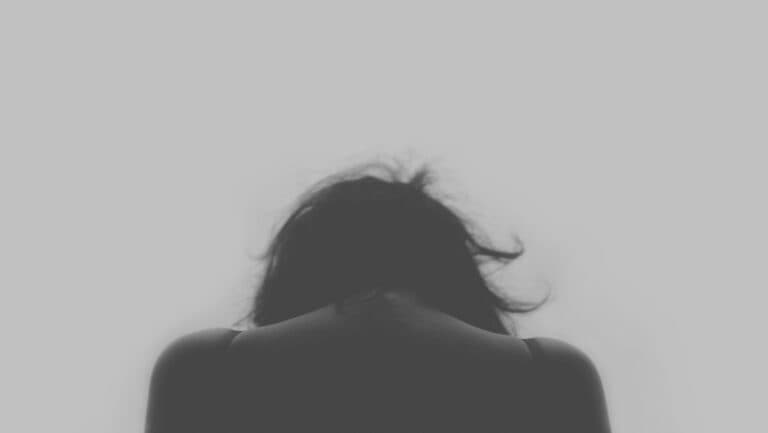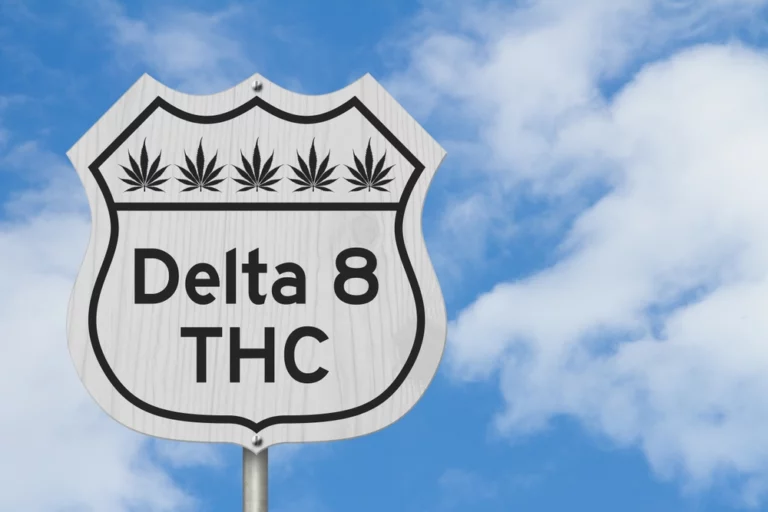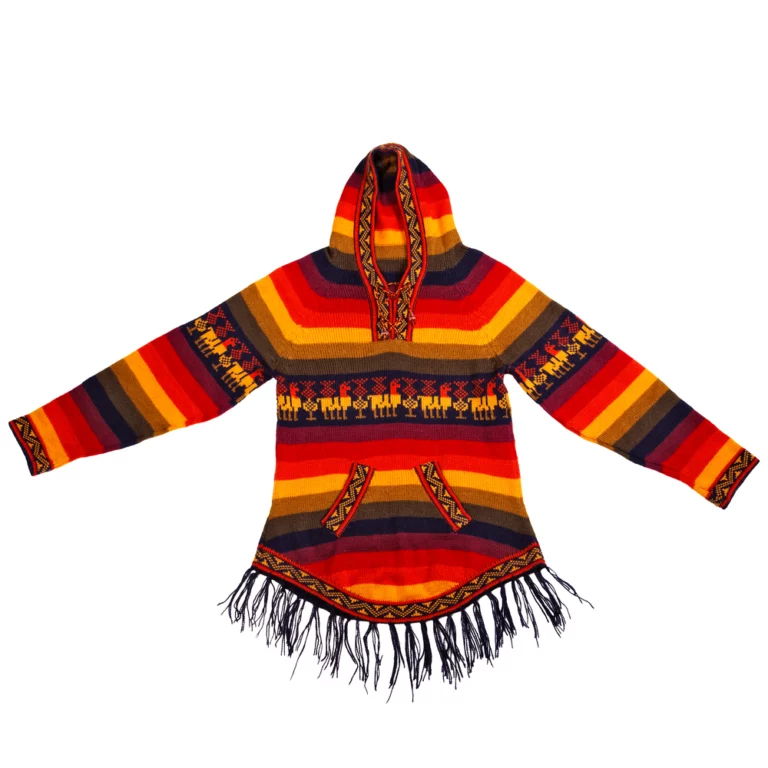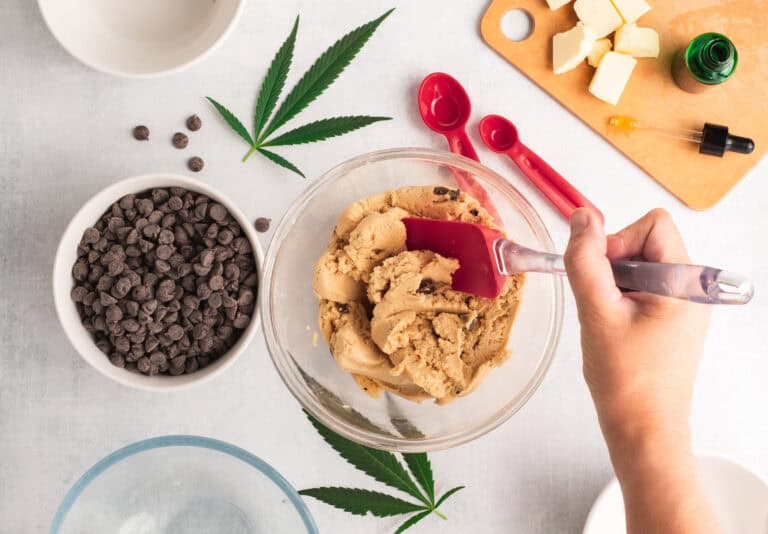Many people wonder—what does heroin smell like? What does it look like? Heroin, one of the primary forces driving the opioid epidemic in the United States, is widely accessible, cheaper than prescription opioids, extremely addictive, and deadly if abused. If you want to know more about heroin, including its appearance, smell, dangers, and treatment available for addiction, continue reading.
What is Heroin?
Heroin is a powerful and habit-forming opiate derived from morphine. In the early 1900s, heroin was conceived as a non-addictive alternative to pain relief. Bayer Pharmaceuticals utilized heroin to suppress coughs in children. Once its addictive nature was recognized, heroin was prohibited and outlawed across the United States.
Heroin is typically sold as an off-white or brown powder that may be eaten, smoked, snorted, or injected. Heroin in its purest form is a pure white powder with a bitter taste. Users may come across black tar heroin, a lower-quality drug in solid form, on the street. It is impure and cheap and appears black or dark in color with the consistency of roofing tar or black vinegar. Its powerful vinegar or medicinal scent is what distinguishes it.
Black Tar Heroin
Black tar heroin is a low-quality, impure form of heroin. The dark color of black tar is due to artificial processing that leaves behind chemical and microbial impurities. Because pure heroin is not as strong in solid form, black tar is combined with other acidic additives to intensify and prolong its effects. These additives, in addition to neutralizing chemicals, result in a vinegar-like aroma.
There is no guarantee that street heroin or black tar will provide the same high from shot to shot. Because it may be mixed with countless different things, black tar is more difficult to dose correctly, increasing the risk of overdose or adverse reactions to the drug. Users will also pay more money for larger quantities of black tar heroin since its high is brief.
Powder Heroin
Powdered heroin is a fine, granular substance with a variety of colors. The purest form of heroin is a shiny white powder with a harsh taste that is also known as powder heroin. Additives such as baking soda, corn starch, powdered milk, and detergent are used to cut white heroin.
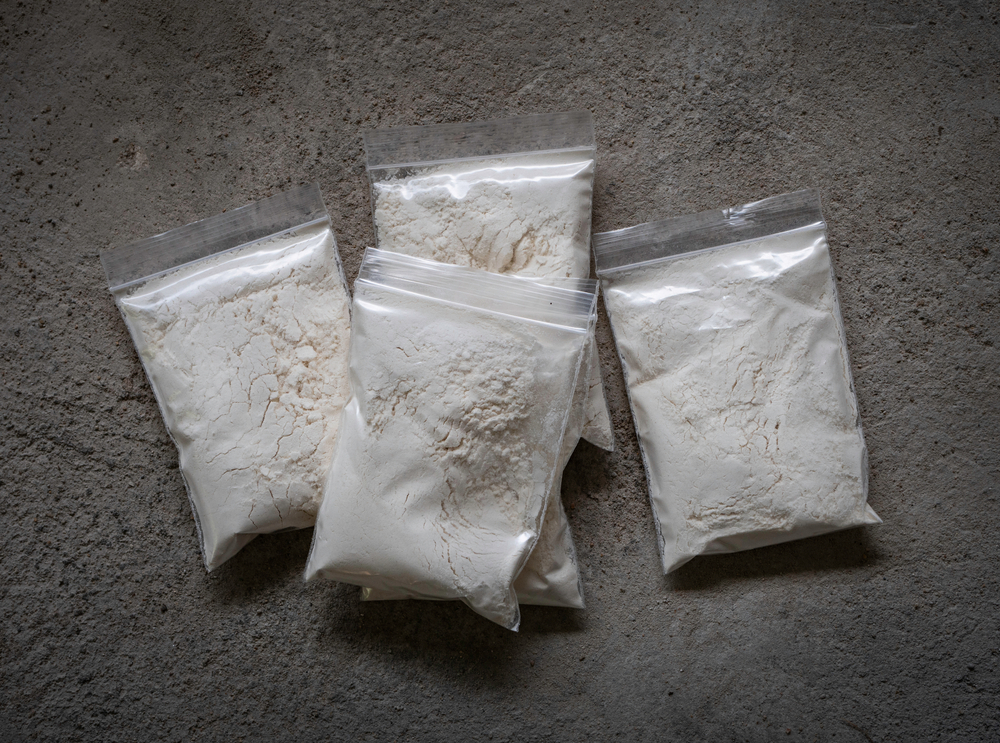
Liquid Heroin
Heroin mixed with other drugs or black tar heroin in liquid form, which can be injected intravenously with a syringe, may be referred to as liquid heroin.
Where Does Heroin Come From?
The opium poppy plant is grown from seed until it reaches maturity and sheds its petals, leaving behind a tiny seed pod. These pods are harvested and processed into opium, morphine, and eventually heroin. According to the Drug Enforcement Administration, opium poppy flowers are best grown in arid, hot climates. Too much moisture during the growing process may lead to a less potent final product because the sap can be diluted. Poppies are cultivated where it is possible, particularly in Central Asia and the Middle East, but the majority of large-scale production occurs in Central America and Colombia.
Street Names for Heroin
There are many slang terms for heroin and a wealth of colloquial language related to its use and culture, and the manufacturing and distribution of this drug are constantly evolving. New words are also invented to avoid police detection as a result of both natural evolution and necessity. Common slang terms for heroin include:
- Smack
- Dope
- H
- China white
- Brown
What Does Heroin Look Like?
When heroin is mixed with substances such as sugar to cut costs, it may be colored brown, gray, or even black. Heroin is frequently a white powder but it may be manufactured and distributed in a range of ways, resulting in a variety of appearances. This is one of the many dangers of using heroin.
Black Tar Heroin
The name black tar heroin refers to the appearance of the drug. When it’s in powdered form, black tar heroin looks somewhat like ash, and the powder is fine-grained and flaky. According to many people, it looks like fireplace ash. It’s sticky or gooey in many cases, as its name implies. It appears like black tar and is black in color.
Powder Heroin
Heroin in powder form can be mixed with other white substances to make white heroin. Heroin can be cut with either sugar or dangerous substances like cocaine, resulting in different consistencies of white heroin.
Liquid Heroin
Liquid heroin is black tar heroin combined with water and sold in syringes or eyedroppers. It is usually black or brown and may appear poorly mixed. The liquid may form clumps or bits that float to the top or sink to the bottom of the package.
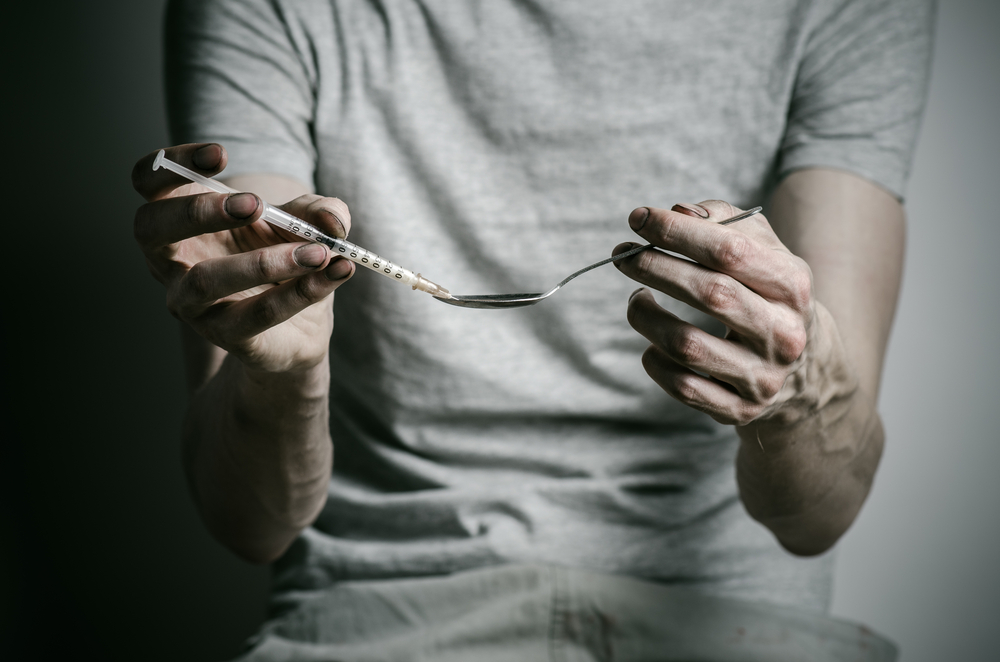
What Does Heroin Smell Like?
Black Tar Heroin
Black tar heroin is one of the most common varieties of heroin available on the streets. It is not pure heroin; rather, it is mixed with vinegar. It has a pungent quinine or burnt-plastic odor, caused by chemical additives mixed with it. It may also smell like paint thinner, although some people describe it as licorice-like. Because of this, it is very recognizable to users who might be sniffing it.
Powder Heroin
Powder heroin can be confusing to those who haven’t seen it before, as it looks similar to cleaning products or baking soda. Powder heroin has a distinctive smell, which is caused by chemical additives. It may also smell like urine or cat litter, particularly if it is brown.
Liquid Heroin
People who use liquid heroin often describe the smell as a mixture of rubbing alcohol and strong vinegar. Those who use it will often pour it onto a rag or cloth in order to hold it close to their face while high and get an extra hit.
What Does Heroin Feel Like?
When heroin is consumed, users report a feeling of warmth, relaxation, and detachment from their worries. Because of its sedative properties, it reduces physical and emotional pain as well. These results are immediate and can last for several hours, depending on the dosage and method of administration. When injected or smoked, heroin is rapidly absorbed into the bloodstream and delivers an instant rush of euphoric pleasure.
In addition to providing pain relief, heroin use can cause constipation, nausea, and respiratory depression, which causes shallow breathing, lowered blood pressure, and decreased heart rate. Physical dependence can develop as a result of prolonged heroin use. Some individuals choose heroin because physical dependence ensures that if they cease using it, they will suffer from severe withdrawal symptoms that will make them physically sick. Many others continue to use it because it provides a feeling of safety and comfort.
What Does Heroin Taste Like?
Heroin is said to have a bitter taste in general. During production or post-production, substances are added to cut heroin in order to produce a specific flavor. Powdered heroin is cut with a variety of substances, resulting in a variety of tastes. Sometimes, substances such as sugar, baking soda, flour, or powdered milk are added. In some cases, heroin is cut with toxic substances such as rat poison or powdered laundry detergent. As a result, heroin may range in flavor from sweet to bitter or sour.
Side Effects of Heroin Use
A user’s signs and symptoms of heroin use will be dependent on their genetic makeup, the amount of drug they used, the frequency with which they used it, and whether or not they were dependent on the drug. The following are the most common symptoms of heroin use:
- Flushed skin
- Dizziness
- Confusion
- Dry mouth
- Feeling euphoric
- Calm
- Heaviness in extremities
- Lethargy
- Slurred words
- Pain relief
Signs Someone is Addicted to Heroin
Those who use heroin frequently often develop a reliance to it. Heroin is addictive, and it results in health issues, disabilities, and problems at home, at work, or at school. Your body builds up a tolerance to heroin if you use it a lot, but taking more and more of it will not spare you from harm. It just means you need to take more to get the same high. The following are signs that heroin addiction has developed:
- Track marks
- Collapsed veins
- Financial problems
- Neglecting responsibilities
- Stealing or borrowing money
- Legal problems
- Intense cravings
- Loss of interest in things once enjoyed
- Isolation
- Lack of personal hygiene
- Change in personality
- Experiencing withdrawal symptoms if you stop using
- Wanting to quit but being unable to
Dangers of Heroin Addiction
Heroin is extremely toxic to the human body. Endocarditis is a condition caused by the injection of heroin that damages the heart’s valves and linings. The contaminants that are contained in heroin are ingested when a person injects it, as are other contaminants. Because these contaminants don’t dissolve easily, blood vessels to the organs become blocked, leading to organ tissue damage or cell death. Chronic heroin use can result in severe respiratory suppression, resulting in severe lung problems. The consequences include tuberculosis and various types of pneumonia. These problems are even more severe in individuals who have poor health.
Injecting heroin directly into a vein exposes a person to the risk of contracting lethal bloodborne infections, such as AIDS, hepatitis B, and C, as well as others. These viruses are transmitted when needles are shared. Heroin causes a person to behave irrationally, which increases the likelihood of dangerous sexual behavior and other actions that transmit these diseases.
According to the Centers for Disease Control and Prevention (CDC), more than 13,000 individuals died from an overdose of heroin in the United States in 2020, a rate of over four deaths per 100,000 people. Overdose deaths involving heroin have risen sevenfold since 1999, with nearly 20% of all opioid deaths being heroin-related.
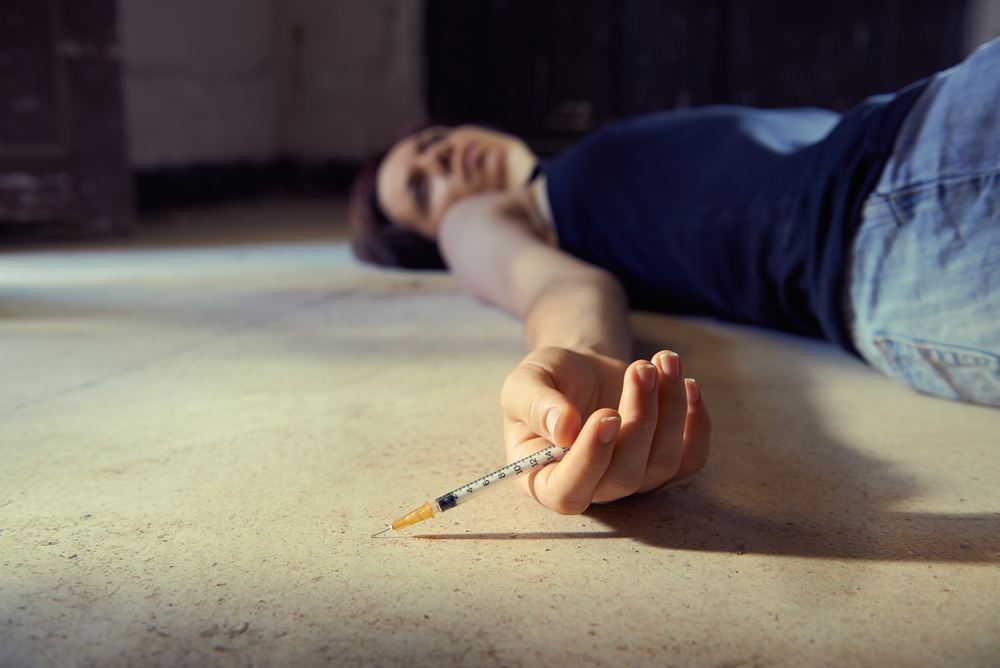
Heroin Overdose
Using heroin or any other opioid drug can be deadly. The most common cause of death among heroin users is overdose. When heroin or other opioids are consumed in high enough amounts, they can overwhelm the brain’s systems, leading to opioid toxicity. Opioids like heroin and other substances affect areas of the brain that regulate respiration rate, leading to dangerously slowed breathing at higher doses. When heroin or other opioids are consumed with alcohol or benzodiazepines, for example, this risk of toxicity and overdose may increase. Opioid-induced respiratory depression may lead to respiratory arrest and death in overdose situations.
Heroin is an illicitly manufactured drug, so its purity is always uncertain. Manufacturers may mix or lace heroin with other substances, such as fentanyl, a more potent opioid. Consuming this type of illicit opioid mixture may be especially dangerous to anyone who believes they are consuming only heroin.
Medical professionals refer to the opioid overdose triad as a group of three signs – respiratory depression, markedly decreased level of consciousness, and extremely constricted (pinpoint-sized) pupils – all of which are associated with heroin overdose. A heroin overdose may produce a variety of other symptoms and signs in addition to these. These include:
- Vomiting
- Blue tint to lips or fingernails
- Weak pulse
- Clammy skin
- Limp body
- Unconsciousness
- Seizure
- Cardiac arrest
What to do in the Event of a Heroin Overdose
If you notice or suspect that someone is overdosing, immediately call 911 for medical assistance. In most states, there are Good Samaritan laws that provide various levels of protection from legal repercussions if you call for medical assistance in the event of an overdose.
In addition, most programs allow you to legally obtain and administer naloxone, a drug that reverses opioid overdoses quickly and safely, without a prescription. Naloxone is frequently used in heroin overdose situations to reverse opioid-induced respiratory depression, especially if fentanyl is involved, since fentanyl can cause more severe and persistent opioid-induced respiratory depression.
It is essential to call 911 immediately if you spot someone overdosing. If you have naloxone on hand, give it to the individual. Fentanyl mixed with heroin can cause multiple naloxone doses to be needed. If the person is conscious and breathing, keep them talking. If not, place them on their side in the recovery position to prevent choking. Stay with the individual until emergency personnel arrive.
Treatment Options for Heroin Addiction
Medication-Assisted Treatment
Medication-assisted treatment (MAT) is often used to help reduce withdrawal symptoms and curb drug cravings in opioid and heroin addiction treatment. Methadone, a substance that is itself highly addictive, was the only substance available for heroin addiction treatment in the past, but there are now a variety of solutions, depending on a person’s health history as well as their drug experience and behavioral patterns.
Detox
Many individuals prefer an inpatient detox environment where they receive medical, psychological, and emotional support throughout the detox process. Medication-assisted treatment can help minimize the harsh consequences of withdrawal symptoms. With medical supervision, your care providers will ensure your safety as the drug leaves your body during the first days and weeks of detox as well as ensuring your safety.
Inpatient Rehab
The majority of former heroin addicts attribute their recovery to inpatient rehabilitation. Outside environmental and social factors are eliminated when people undergo rehab. Each rehab clinic has a structured daily routine that includes therapy, support groups, and activities. Every rehab has a unique approach to activities. Some provide daily physical and mental health care, others provide hiking and rock climbing activities, and others offer a more luxurious treatment setting.

Outpatient Rehab
People with mild Heroin addictions may turn to outpatient rehab for help. People in recovery may receive therapy and medications while maintaining their work and personal lives in outpatient rehab. An individual seeking treatment should first meet with a substance abuse professional for an evaluation to determine the appropriate level of care that meets their needs.
Aftercare
Aftercare is important because heroin addiction is a chronic, relapsing disease. It is imperative to reinforce and amplify the achievements made in the critical days of detox, early stabilization, and initial treatment, which is why aftercare is an important consideration while creating a treatment plan.
Heroin Addiction Treatment at Knoxville Recovery Center
Knoxville Recovery Center addresses drug addiction and mental health issues head-on so that healing may begin. We pride ourselves on developing individualized treatment plans for each and every patient that aim to dispel the darkness of their disease and allow them to function as responsible, productive members of society. In addition to individual and group therapy with a master’s degree therapist, other holistic therapies provide counseling and peer support.
If you’ve come to us, you don’t have to suffer any longer. We can help you leave the darkness behind forever if you’ve found your way here. With comprehensive treatment, you may be treated for your addiction, and a new day is just around the corner. Please get in touch with us right away so we can assist you in recovering for good.




